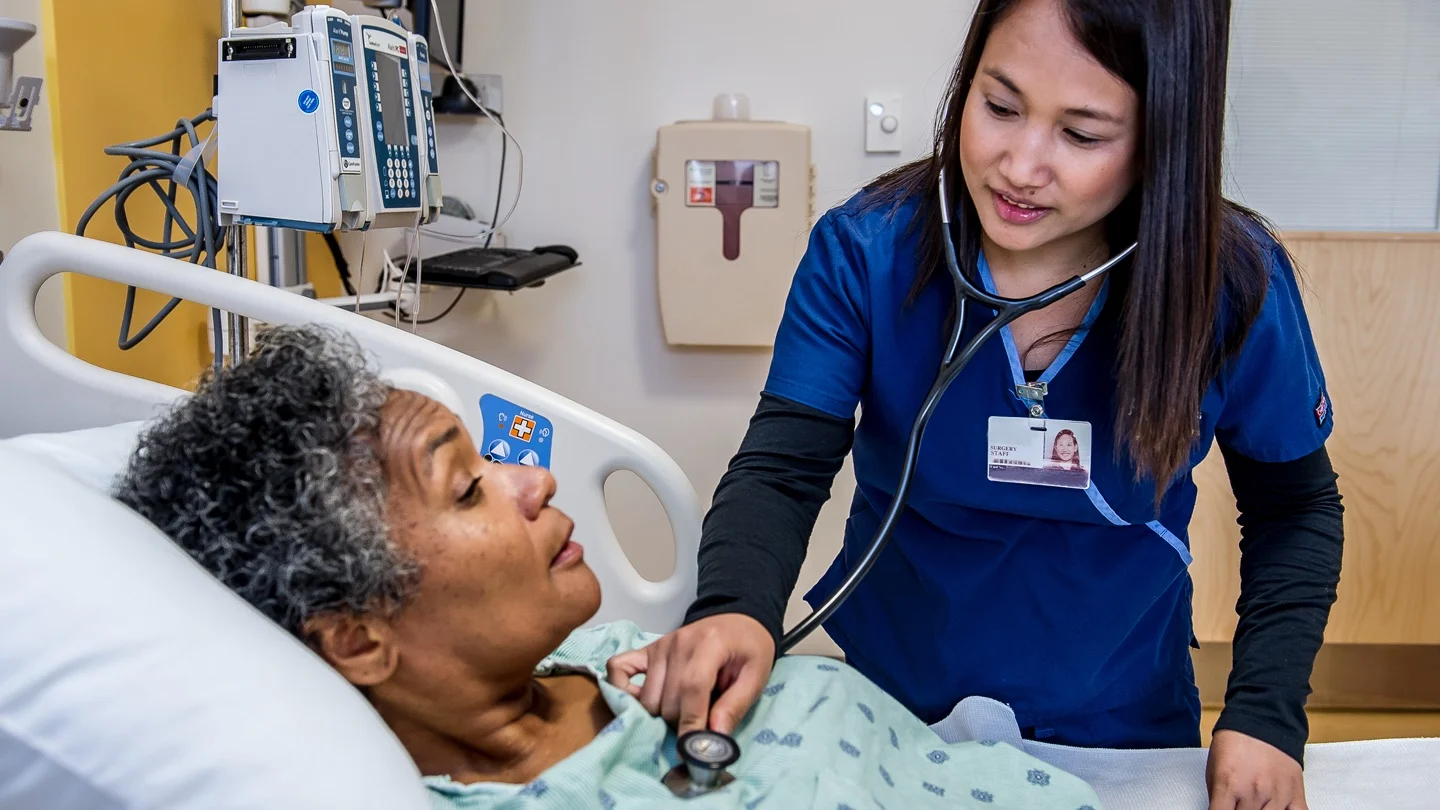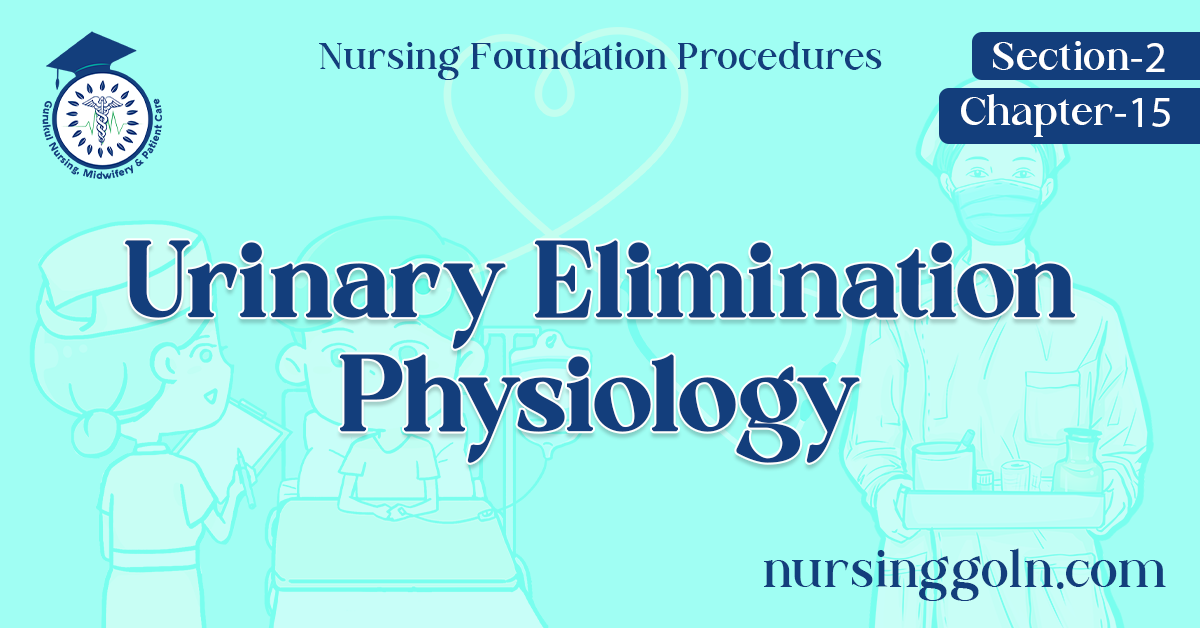Today is our topic of discussion Urinary Elimination Physiology.
Urinary Elimination Physiology

Urinary Elimination Physiology
Urinary elimination depends on the function of the kidneys, ureters, bladder, and urethra. Kidneys remove waste from the blood to form urine. Ureters transport urine from the kidneys to the bladder. The bladder holds urine until the urge to urinate develops.
Growth and development of individual: It influences urination. Usually infants or children with 6 to 8 kg excrete 400 to 500 ml per day and child cannot withhold urination The adult normally voids 1500 to 1600 mL per day and has normal urine color; also has control over urination. Aging impairs urination, e.g. elder adults.
Food and fluid: Foods high in water content increased urine production. Certain foods affect the color and odor of urine. Certain fluid needed to urinate develops. Urine leaves the body through the urethra. All organs of the urinary system must be intact and functional for successful removal of urinary wastes.

The process of emptying the bladder is known as micturition or voiding or urination. The bladder normally holds as much as 600 mL of urine. However, the desire to urinate can be sensed when the bladder contains only a small amount of urine (150 to 200 mL in adults and 50 to 200 mL in a child).
As the volume increases, the bladder walls stretch, sending sensory impulses to micturition center in the sacral spinal cord. Parasympathetic impulses from the micturition center stimulate the detrusor muscle to contract rhythmically.
The internal sphincter also relaxes so that urine may enter the urethra, although voiding does not yet occur. As the bladder contracts, nerve impulses travel up the spinal cord to the midbrain and cerebral cortex.

A person is thus conscious of the need to urinate. If the person chooses not to void, the external urinary sphincter remains contracted, and the micturition reflex is inhibited. However, when a person is ready to void, the external sphincter relaxes, the micturition reflex stimulates the detrusor muscle to contract and urination occurs. The act of micturition normally is painless.
Read more:
